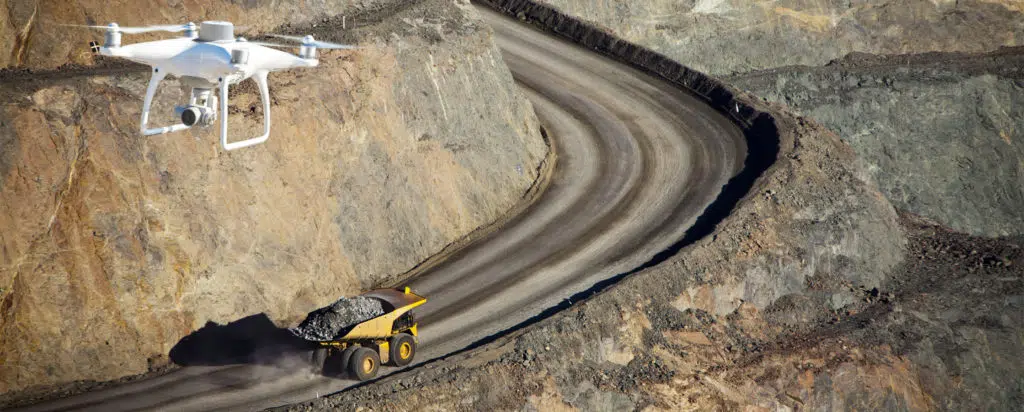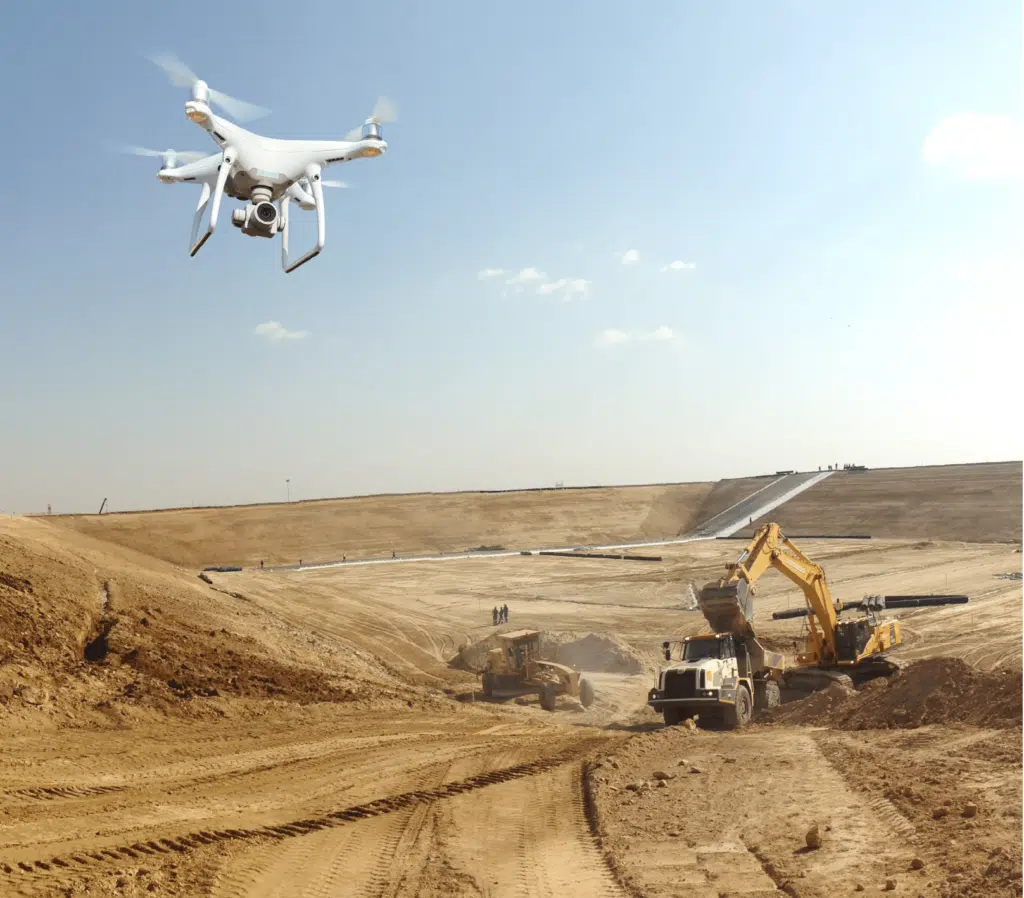Key Factors to Consider when Building Your 2022 Earthworks Budget
As we approach the end of the year, 2022 budget planning for construction and earthworks firms is in full swing. While budgeting may sound like office drudgery, it’s important work—budgets determine where a firm will allocate their financial resources for maximum impact, efficiency, and profitability in the coming year.
This past year has seen significant market fluctuation for labor and materials in particular, and costs are predicted to remain volatile in 2022. According to a recent JLL report, costs will continue to increase by 4-7% over the next 12 months in nearly all areas. Firms that negotiated contracts in 2020, only to see material costs skyrocket in 2021, will be eager to ensure their projects don’t end up in the red next year.
At the same time, infrastructure projects are on the rise across the globe as world leaders work to close the gap between necessary construction work and project distribution. And as technology improves, construction projects are growing ever more complex, necessitating cutting-edge capabilities.
Preparing for the anticipated influx of new—and increasingly complex—projects tops the priority list for many firms next year. But some significant challenges are making the process more difficult than usual. Supply chain delays, the skilled labor shortage, and record price increases have put added pressure on project efficiency and profitability.
So what are the top budget items for 2022, and where should firms turn their attention during the budget planning phase?
Labor
JLL’s report shows that over 80% of construction companies have ranked labor cost and availability as a top concern for the past several years—a worry that’s expanded to other industries since the pandemic.
While the rise in material prices has been widely covered, the effects of skilled labor availability on project pricing and timeliness are significant. Between the global pandemic and the drastic slowing of new construction projects last year, the lack of available labor has been more of a factor in project delays than material costs.
While the unemployment rate in construction has declined steeply since 2020, and was significantly lower than the U.S. national average as of October 2021, it has resulted in a steep increase in wages, however. And in many cases, the higher pay rate doesn’t buy greater experience.
The high cost of skilled labor is a challenge every contractor must face, which is why labor ranks as the number one item on our budget list.

Transportation
Wages aren’t the only budget item requiring more funding now than in the past—transportation and fuel costs have also spiked this year. The index for truck transportation of freight jumped 15 percent, meaning that accurate cut/fill measurements and project takeoff reporting will be more valuable in 2022 than ever.
Many contractors are experiencing long delays—or at least uncertainty—about delivery dates for various kinds of materials, and the labor shortage has made drivers hard to find. Officials for the Association of General Contractors have urged the Biden administration to end tariffs on key construction materials, but the immediate outlook is that transportation costs will remain high.
Contractors have always tried to minimize the distance material must move in order to minimize costs, or to hit a net value of zero in their cut/fill analysis. For 2022 budgets, making transportation as efficient as possible is critical.
Efficiency variables include (but are not limited to):
- Volume of earth to be moved
- Size of earthworks equipment
- Distance each load must travel
- Time required per trip
- Hourly cost to run each piece of equipment
For companies looking to reduce their transportation costs, technology can lend a helping hand. Frequent, accurate surveys via drones can create 3D site models to identify cut and fill requirements from the beginning of a project, predicting exactly how much dirt must move and the total cost. 3D models can also be used to calculate least-distance transportation methods and other cost-saving measures.
Budgeting for Materials
Most earthworks contractors don’t have to worry quite as much about the cost of materials (like lumber and steel) as builders do. But the huge spike in material costs since the beginning of the pandemic has impacted every corner of the construction industry..
Contractors have been forced to submit higher bids for projects, as the volatile market has made predicting the cost of materials even a week or two in advance incredibly difficult. Some firms that signed contracts in 2020 with 2021 start dates may find themselves in a predicament, if the rise in material costs wasn’t factored into their original contracted rate.
Construction material cost increases are up an average of 23% across the board over last year—a massive increase. While that growth rate is expected to slow down in 2022, material costs will still be significantly higher in 2022 than they were in 2019.
This is due to a combination of factors, including production challenges and supply chain bottlenecks, which create delays and challenges for contractors across the industry.
Heavy equipment isn’t exempt from supply chain and pricing issues, either. The construction equipment market is expected to grow significantly this decade to an expected market size of $234.6 billion by 2030 (up from $136.3 billion in 2020).
Predicting how material costs will behave next year is challenging, but one thing is clear: contractors must account for materials requiring more of their budgets next year than they did three years ago.

Technology’s Influence on Budget
As the construction industry adopts technology, businesses are able to complete their projects more efficiently and provide a safer environment for their workers. Technology improves overall decision making by furnishing better information about possible impacts on labor and material costs. It also helps construction companies avoid rework that consumes more time and reduces productivity, risking cost overruns. By frequently monitoring project progress with drone survey technology, for example, project managers can identify problems faster, reducing the potential for rework.
Even as labor, transportation, and material costs rise, there are ways for construction and earthworks contractors to reduce their project costs by increasing efficiency at every stage, from pre-bid and project takeoff to calculating cut/fill, allocating precious labor and equipment where it’s needed most, and keeping projects on time and on budget.
Construction Technology is a broad topic that warrants its own separate focus. Check back for Part 2 of this series, where we’ll cover how to determine which technology investments will best support your business in 2022 and beyond!
Have questions about how to make your budget go further in 2022? Consider evaluating a drone program.




